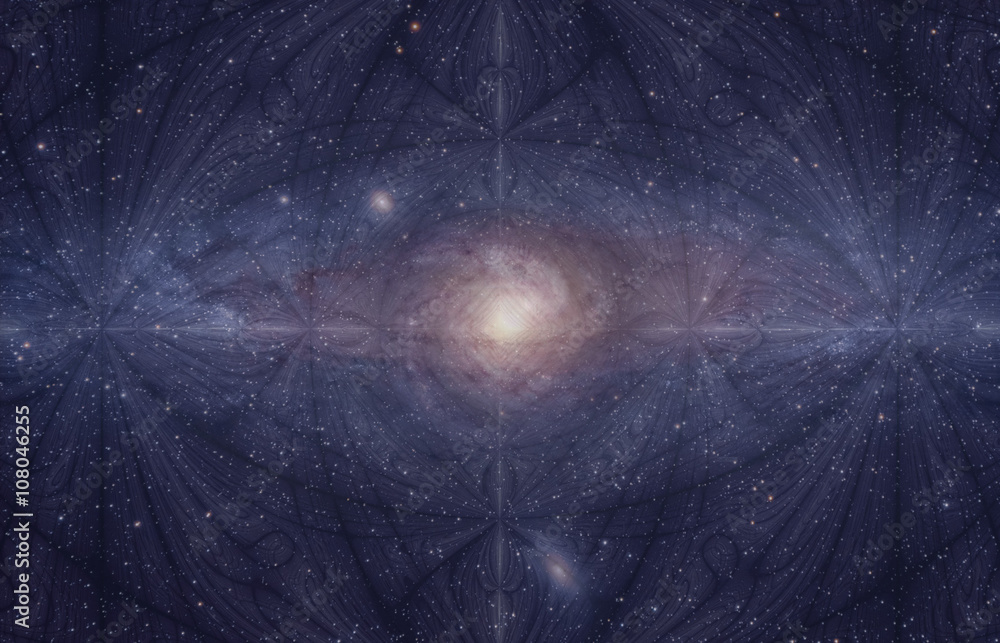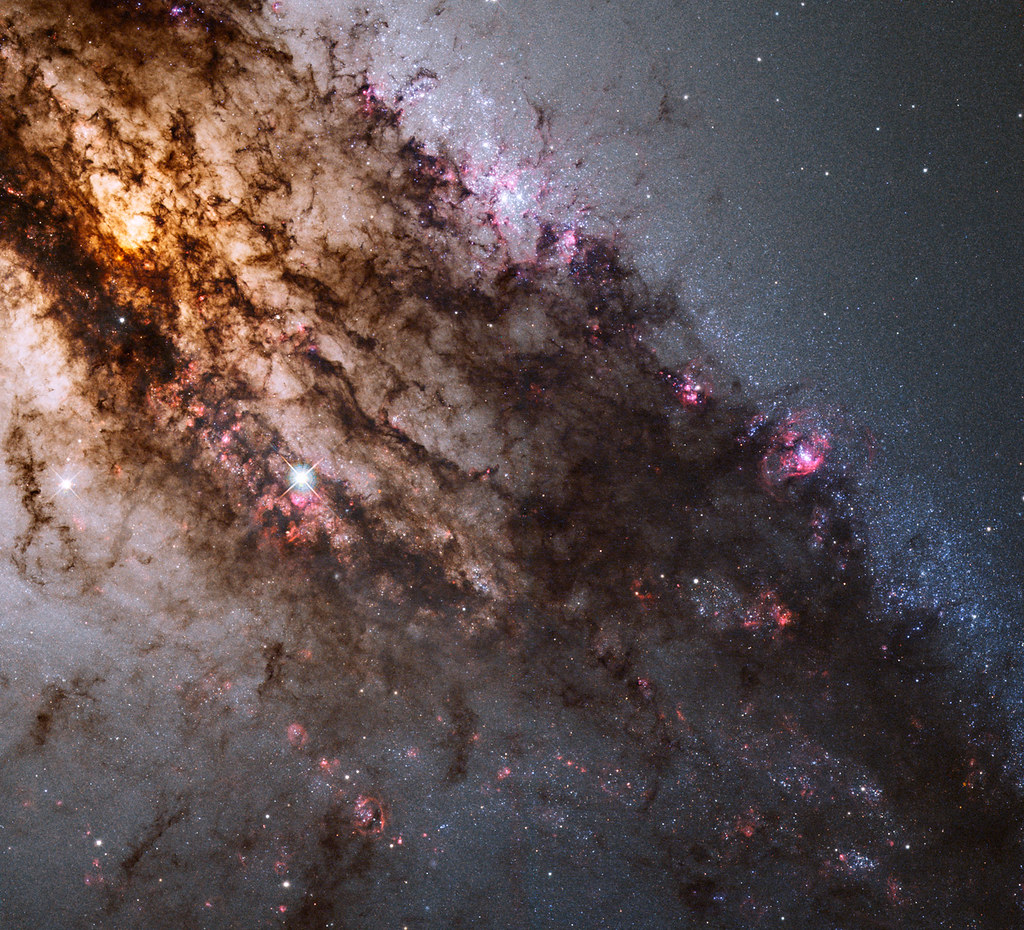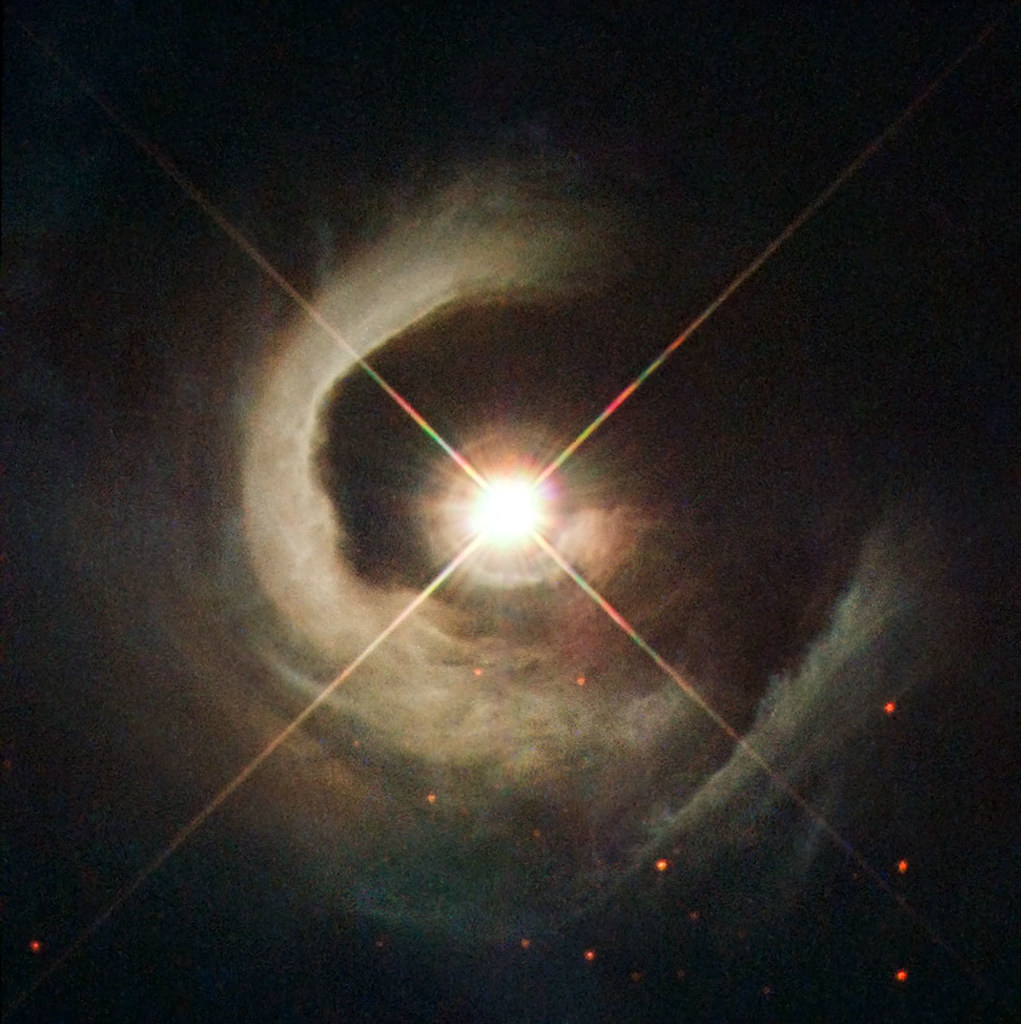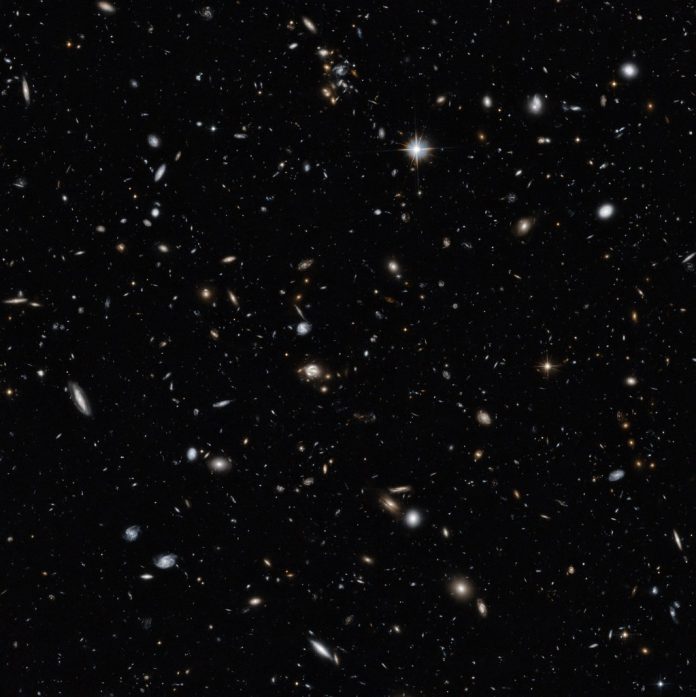
Skywatcher Esprit 100/550 ED, Skywatcher Flattener, IDAS LPS V4, ASI 294MC Pro
OAG with Lodestar X2
Mount AZ EQ6 GT
Image acquisition: CdC, APT, PHD2, dithering
27 x 900s, gain 120, offset 30, -10C, 30 flats, 30 darkflats, 28 darks
Data calibration/integration: PixInsight
Image processing: PixInsight, StarNet++, Photoshop, Lightroom
Bicolor processing: Ha=R, O3=G/B
Scientists have achieved a theoretical breakthrough that could revolutionize space travel and transform our understanding of the universe.

Researchers have revealed a new model for a warp drive that aligns with Albert Einstein’s principles of relativity, a giant leap forward that suggests the Star Trek-esque concept of “warp speed” may not be confined to the realms of science fiction after all.

The quest for faster-than-light travel has long captivated human imagination, prompting visions of interstellar expeditions and encounters with distant worlds.

According to Einstein’s theory of relativity, however, the speed of light represents an unbreakable cosmic speed limit, posing a significant barrier to the dream of zipping between stars within a human lifetime.

Nevertheless, the enduring allure of warp drive technology — the idea of manipulating the very fabric of spacetime to achieve superluminal velocities — has persisted.

The traditional concept involves creating a ‘warp bubble’ that compresses space in front of a spaceship and expands it behind, allowing for effective faster-than-light travel without locally breaking the speed of light.

However, the feasibility of such a drive has been hindered by the requirement for negative energy density, an exotic and speculative form of matter that defies the laws of known physics.

Skywatcher Esprit 100/550 ED, Skywatcher Flattener, IDAS LPS V4, ASI 294MC Pro
OAG with Lodestar X2
Mount AZ EQ6 GT
Image acquisition: CdC, APT, PHD2, dithering
27 x 900s, gain 120, offset 30, -10C, 30 flats, 30 darkflats, 28 darks
Data calibration/integration: PixInsight
Image processing: PixInsight, StarNet++, Photoshop, Lightroom
Bicolor processing: Ha=R, O3=G/B
This is where the new study, published in the Classical and Quantum Gravity journal, marks a significant departure from previous scientific thinking. Researchers from Applied Physics have introduced the concept of a “constant-velocity subluminal warp drive,” which requires no exotic energy. Instead, their theoretical model employs a sophisticated mix of traditional and innovative gravitational techniques to create a warp bubble capable of high-speed travel while remaining within the boundaries of established physics.

“This study changes the conversation about warp drives,” stated Dr. Jared Fuchs, lead author of the study. “By demonstrating a first-of-its-kind model, we’ve shown that warp drives might not be relegated to science fiction.”

The team’s findings offer an alternative to exotic matter by engineering warp drive spacetimes to gravitate like ordinary matter, which is an unprecedented solution. Their publicly-available tool Warp Factory was instrumental in developing this new model. “Although such a design would still require a considerable amount of energy, it demonstrates that warp effects can be achieved without exotic forms of matter,” added Dr. Christopher Helmerich, a co-author of the study.

These findings pave the way for future reductions in warp drive energy requirements and the tantalizing prospect of faster-than-light travel.

The implications of this development are profound. Imagine spacecraft unfettered by the constraints of current propulsion technologies, journeying to the far reaches of the cosmos without the need for multigenerational crews. As humanity stands on the precipice of what some are calling the “Warp Age,” the promise of interstellar voyages grows ever more palpable.

Moreover, passengers aboard a warp-capable craft would not experience g-forces, a stark contrast to the rigors of conventional space travel. This feature, highlighted by Gianni Martire, CEO of Applied Physics, underscores the potential for a new era of possibilities as humanity embarks on this exciting frontier.

While practical implementation of warp drives remains a challenge for the future, the theoretical foundations laid by the researchers bring a science-fiction staple closer to the realm of possibility. As space agencies and private enterprises continue to develop propulsion systems such as nuclear fusion, the dream of interstellar travel is likely to persist as a driving force of innovation and discovery.

As we gaze at the stars and contemplate the vast expanse of the universe, the journey toward faster-than-light travel reminds us that the limits of human potential are defined not by the stars, but by our imagination and perseverance.

With each new breakthrough, the cosmos becomes a little less distant, and the future of space exploration shines a little brighter.


Relevant articles:
– Faster-than-light ‘warp speed’ interstellar travel now thought to be possible, Earth.com
– Interstellar travel: From science fiction to reality, thenationalnews.com
– ‘Warp drives’ may actually be possible someday, new study suggests, Space.com
– What could possibly power an Alcubierre drive?, Worldbuilding Stack Exchange

